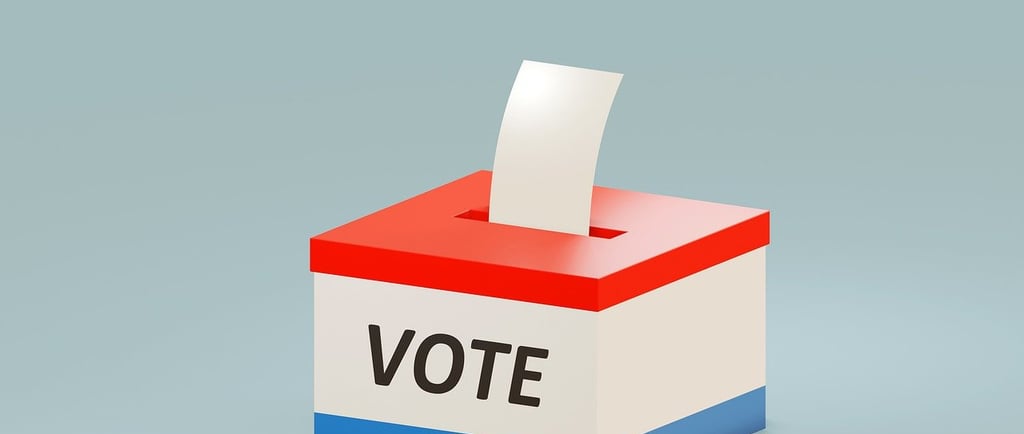Bihar Election 2025: A High-Stakes Battle for Change and Continuity
The Bihar Assembly Election 2025 is set for a close contest between NDA, Mahagathbandhan, and emerging players, with employment, youth support, and governance at the heart of voter sentiment.
POLITICSNATIONAL


The Bihar Assembly Election 2025 is shaping up to be one of the most anticipated and closely watched political battles in the country. With elections expected in October-November, the Election Commission has intensified preparations by conducting a massive voter verification drive across the state. Booth-level officers have already reached over 1.5 crore households to update and verify electoral rolls. While these efforts aim to ensure clean and inclusive elections, opposition parties, especially Left leaders, have raised concerns about the transparency of the process, alleging that it might discourage certain communities from voting. Amid these claims, voter awareness and participation remain key focuses, especially in rural and semi-urban areas where electoral engagement is often shaped by local concerns.
On the political front, the ruling NDA alliance-consisting of the BJP and JD(U)-is targeting a decisive victory and banking heavily on Prime Minister Modi’s popularity and Nitish Kumar’s longstanding governance. Meanwhile, the opposition Mahagathbandhan, led by Tejashwi Yadav’s RJD and backed by Congress and Left parties, is rallying around promises of job creation, education reform, rural development, and social justice. Their campaign appears to be resonating with a large section of the youth and unemployed, especially those disillusioned by the state's slow progress in industrialization and public service delivery. Adding to the competition are new entrants like Prashant Kishor’s Jan Suraaj and the Aam Aadmi Party, both of whom are attempting to tap into the growing frustration with traditional politics by promoting cleaner, grassroots-driven leadership.
What makes this election particularly significant is the mood of the people. Employment, education, healthcare, and law and order remain top concerns, and voters are weighing promises against past performances. While Nitish Kumar still enjoys a strong base among women and older voters, Tejashwi Yadav has become increasingly popular among younger citizens who see in him a potential for change. Caste dynamics will, as always, play a crucial role, but this time the narrative is also being shaped by aspirations for better governance and accountability. As the election approaches, the battle for Bihar is not just about numbers or alliances-it’s about hope, trust, and who can truly deliver on the promises made to one of India’s most politically aware and diverse electorates.
